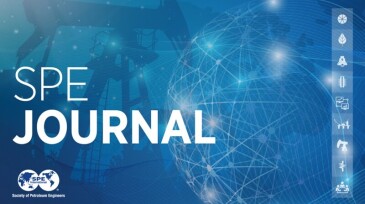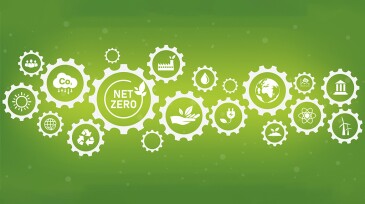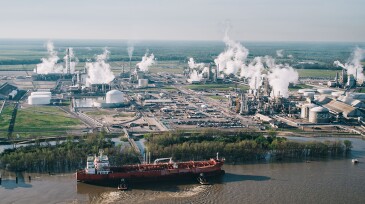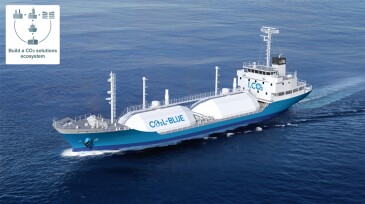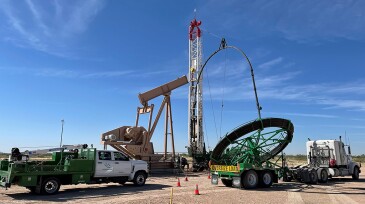CO2
-
SPE Journal is now accepting papers for a new special issue focused on lower-carbon prospects of petroleum engineering. Submissions are invited about novel research on petroleum engineering aspects of lower-carbon energy production, emphasizing subsurface technologies related to CCUS, geothermal energy, subsurface hydrogen, offshore energy facilities, and other lower-…
-
In an industry where methane leaks and carbon dioxide storage are increasingly important concerns, finding new ways to seal leaks is a valuable skill.
-
SPE Journal has issued a call for papers for the 11th Comparative Solution Project (CSP) Special Issue. Organized by guest editors Anthony Kovscek (Stanford University) and Knut-Andreas Lie (SINTEF), submissions that are both directly and indirectly related to the 11th CSP will be accepted.
-
Geologists have identified a formation with a world-changing potential for carbon dioxide storage, but some engineering is required.
-
The technology and knowledge base of the E&P sector is poised to play a major role in the newer, lower-carbon energy economy.
-
At the center of a rush to build carbon storage is the state of Louisiana, where the number of applications to build long-term storage is equal to half the sites operating globally.
-
The sites with the most CO2 emissions to capture are often far from the best rock to sequester it, leading to design projects for transport ships.
-
At a time when there are many models vying to be the one used to evaluate and plan carbon storage sites, the US Department of Energy wants to test one developed by SPE members.
-
Makers of continuous sucker rods are out to convince customers that it really is possible to make a better sucker rod that could save them some money.
-
The US giant joins CF Industries and EnLink on a development that could capture and permanently store 2 million metric tons of carbon dioxide starting in 2025.

